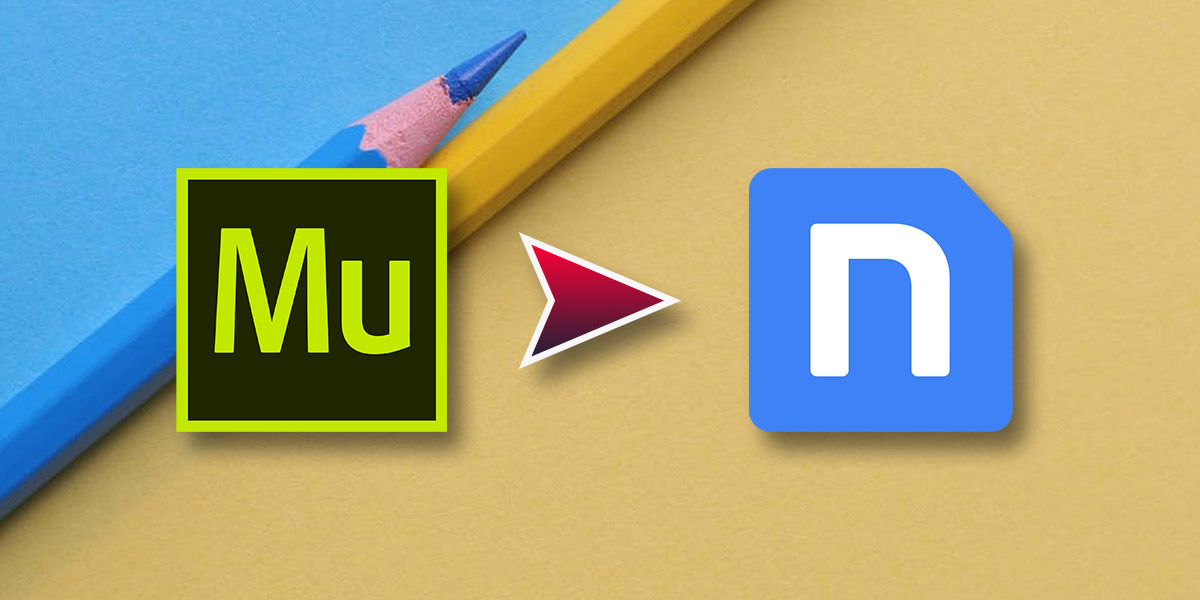
Author: John Folkmann, Designspace, www.designspace.dk
My life as a web designer took a big leap when Adobe launched Muse. Here came a software that worked on the same level as InDesign and Photoshop – even as a desktop software – making it easy to design without being online. So as an experienced graphic designer with years of working with Adobe CC, it was just a matter of understanding the difference between print and digital. For me it opened up a whole new world and new opportunities for more income. Soon web design became just as important as print design. Nearly 100 sites for customers were build using Adobe Muse. Most of them are still active today. I really enjoyed working with Adobe Muse, being able to design with the same freedom as in InDesign.
In 2018 Adobe decided to kill Muse with a limited time only of core updates. It came as a shock, not only for me but for thousands and thousands of Muse users all over the world. Ever since I have desperately been looking for an alternative. Still keeping all my sites running with a slowly “dying” software, trying to maintain what I promised my customers, when they signed up with me. And believe me, I have tested almost all web builders available – from Wordpress based Elementor, Divi and Brizy to hosted solutions on Webflow, Duda, Wocode, Site123,Weebly, Squarespace and any other web builder showing up on the internet. They seam to pop up almost daily, when you start looking. I spent hundreds of dollars purchasing software licenses on what I thought was the best replacement for Adobe Muse.
Wordpress still seems like a casserole stew of multiple content to me. A bit scary actually, because I’m not doing code. Then, the problem with the majority of existing web builders outside WP, is they come with the mandatory hosting. With Muse I could host anywhere. For me it’s a bit of showstopper, though I almost gave in on it, convincing my self it was the compromise I had to live with. I have to say though, that most of the tested solutions inside and outside WP were quite good and even boosting a long range of benefits, that Muse did not have. CMS for instance.
And then one day in the beginning of 2019 I heard of Nicepage. Ahhh, yet another Wordpress builder, I thought. Curious as ever I took a closer look. Reading the article on Web Design 3.0, which sounded really interesting: Was it really possible to have the free design of content I so enjoyed in Adobe Muse? And still more interesting the fact, that Nicepage also comes in a desktop version. Really?
I started with the free version and I was sold. The ease of use and the freedom of design blew me away. Before I knew it, I bought the Personal license. Yes, there was the obvious “why doesn’t it work?”, “why can I not?” and “how do I do that?” moment. But actually, nothing compared with the frustrations I have experienced with other web builders. Though they exclaim to be the easiest builder on earth, they are not. Finding simple settings in the builder menu can be a nightmare.
Nicepage is just so intuitive to work with. Clicking an object, text or image opens up a dialogue box – only showing what you need regarding that object, so you are never lost in a complicated structure of possible actions. It’s right there when you need it.
You can even make both static sites in plain html and CMS for Wordpres or Joomla – in the same desktop version. How neat is that?
This is the end of my search. I just feel that Nicepage will bring me to the next level in web design. Oh, and I’m now on the Ultimate subscription – with the ability to White Label my customer sites. Love it!